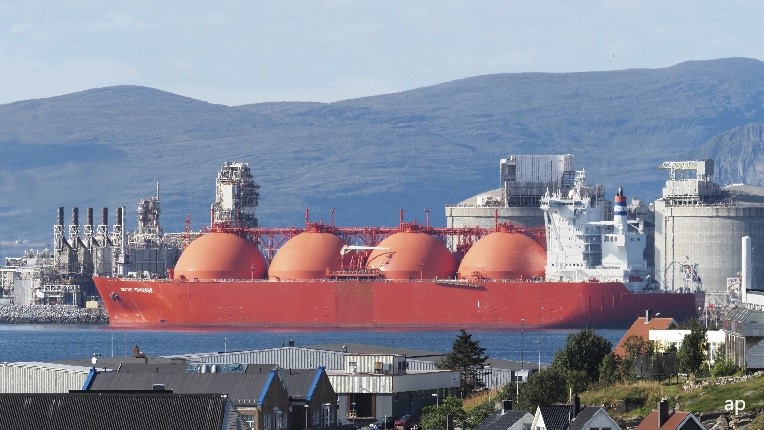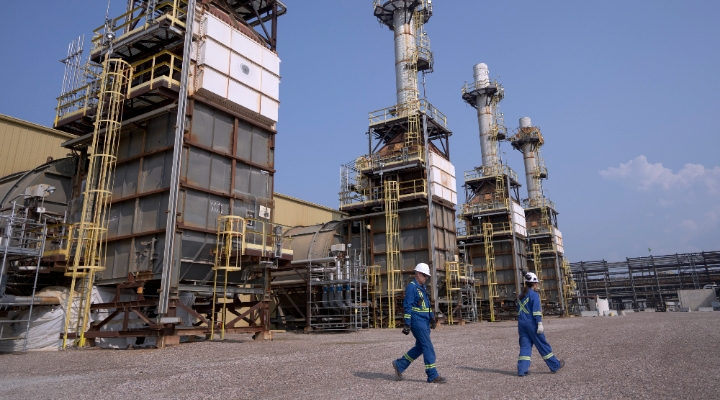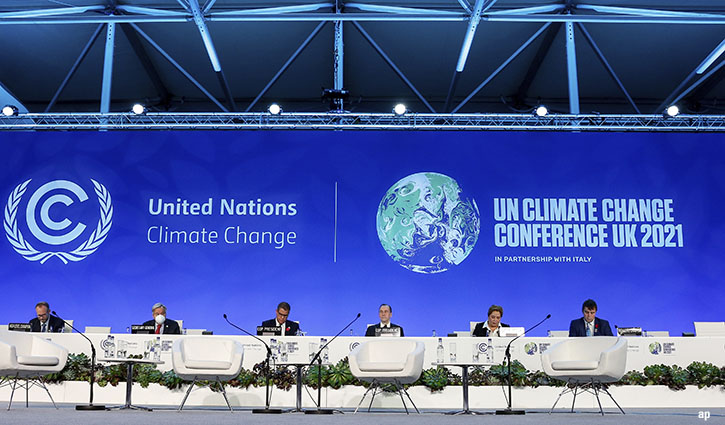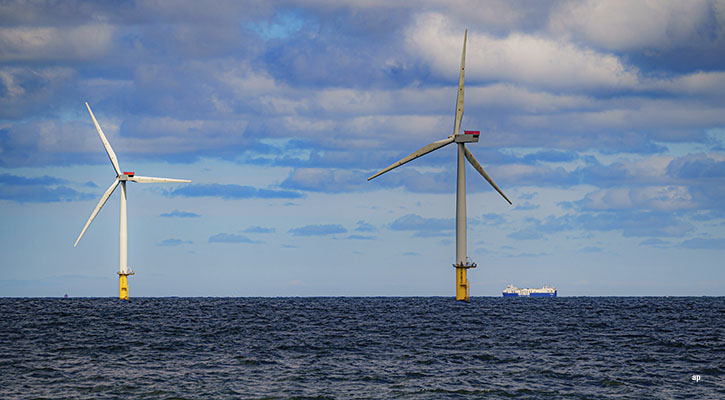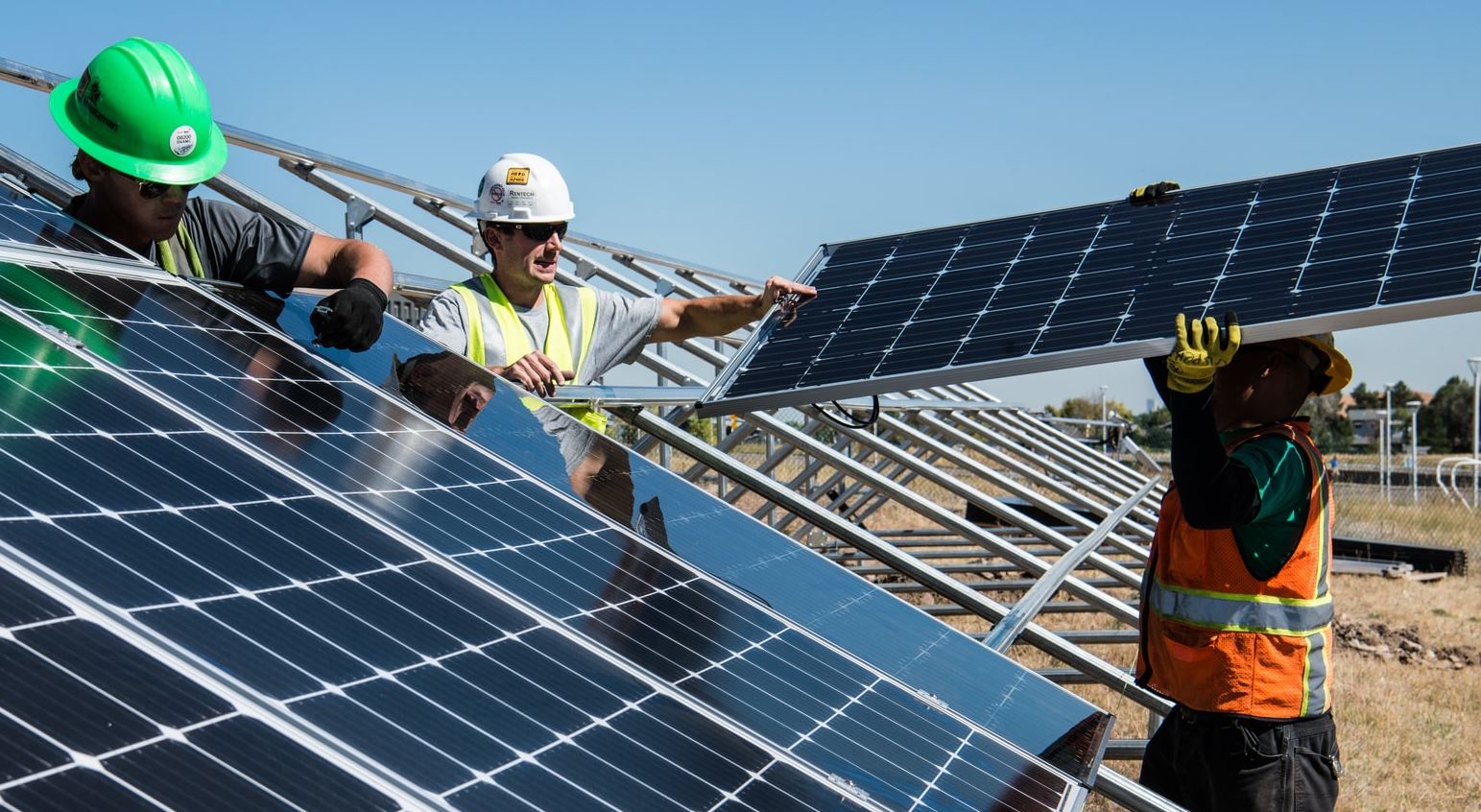
If you had invested in a solar thematic ETF a year ago, you would have lost between 37% and 46% of your money to date. This seems a paradox at a time when solar energy production is at an all-time high.
Indeed, the energy crisis triggered by the war in Ukraine has given an extraordinary boost to investments in renewable energy, particularly in Europe. According to an analysis by SolarPower Europe, the EU is on track to meet its self-imposed targets for solar energy, with several countries exceeding their targets: member states have added a total of 90 GW of solar power to be installed by 2030.
Data from the thinktank Ember reveals that last year 22% of the EU's electricity was generated by solar panels and wind turbines, compared with 20% from natural gas. “Europe has avoided the worst of the energy crisis,” says Dave Jones, head of data at Ember. “The shocks of 2022 caused only a small increase in coal power and at the same time a huge surge in support for renewables.”
Hard Times for Solar Producers
According to BNEF estimates, global demand for solar energy is expected to reach a record 392 GW in 2023, an increase of more than 55% on 2022, but there are some problems facing solar energy producers.
“The biggest one is overcapacity, as supply is more than enough for current demand,” explains Fabrizio Arusa, senior relationship manager and ETF specialist at Invesco. “Solar modules are currently selling at historic lows of 16 cents per watt, with forecasts that they could fall even further by the end of the year. This is weighing on margins, although it is a boon for the solar industry.” The cost of photovoltaic panels has indeed fallen by 90% in the last decade, which makes solar energy viable today, but has consequences for the balance sheets of manufacturing companies.
“Solar companies have been negatively impacted by a number of factors, including rising material costs, delays in permitting, high interest rates and political uncertainty in key markets,” says Madeline Ruid, research analyst at Global X ETFs. “In particular, high prices of polysilicon [or crystalline silicon], due to increased demand and supply inelasticity, have led to higher costs throughout the solar energy value chain. This has led to significant project delays and a weakening of demand.”
But US companies, among the most important, did not face the gas crisis experienced in Europe. “The recent slump in solar energy is mainly due to the disappointing performance of US producers, victims of higher interest rates and low energy costs,” says Fabio Massellani, sales associate Italy at HANetf. “This is evident if we look at the quarterly earnings reports of industry leaders such as Enphase (ENPH), according to which US demand for new residential solar installations was weaker than expected. This created excess inventory and slowed revenue growth.”
Homeowners, who are the end customers of companies such as Enphase, First Solar (FSLR) and Sunpower (SPWR), therefore face higher financing costs and low grid energy prices, which together reduce their incentive to become energy self-sufficient.
“High interest rates hurt consumer sentiment and change the convenience calculations for those considering solar energy,” Invesco's Arusa continues. “Utility-scale solar power seems to have a leg up (and is an important driver for overall demand), so larger players may hold up a little better.”
A Necessary Correction
The sector, however, still has ample room for growth in the years to come. “We expect that some of the recent headwinds will begin to ease in the coming quarters due to improved polysilicon cost dynamics and ongoing policy efforts to reduce licensing hurdles and support clean technology growth,” says Madeline Ruid. “In particular, polysilicon prices have gradually declined over the past six months due to increased production capacity, and solar cell and panel manufacturers should be able to improve margins and stabilise prices; this, in our view, may lead to a recovery in demand even in the short term. In fact, the latest quarterly reports have revealed that solar power projects that were previously delayed are picking up again now that costs have improved.”
For HANetf’s Massellani, the decline in valuations is even a positive factor. “We are happy to see a slowdown in the sector in the short term. So-called animal spirits have helped to drive up the prices of clean energy stocks, at all stages of the value chain, particularly in utilities and specialised component manufacturers.”
“But it is in the long term where the really exciting aspect of this sector lies and that is why we welcome a drop in share prices today,” he adds. “According to the US Department of Energy’s projections, solar is set to become the largest contributor to US electricity generation, with 40% of capacity by 2035. In fact, one of the risks was high valuations and expensive multiples. But, as mentioned, this is coming down sooner rather than later.”
Invesco’s Fabrizio Arusa agrees. “From a longer-term perspective, we continue to believe that the energy transition is a key issue and that the increasing damage caused by climate change should play a role in driving demand.
“We believe that this is more of a short-term transition for the industry and that, while it is causing stress at the micro level, it could prove beneficial for the growth of the industry in the longer term through increased capacity and efficiency, even if destocking and margin pressure are negative in the short term.”
Opportunities And Risks
As with all thematic strategies, investors need to carefully assess the dynamics and risks of their chosen theme, as well as the time horizon available to them.
In the case of solar energy, then, it is not a huge industry with hundreds of names, but 30-40 listed companies operating as subsystem builders, aggregators and installers for both residential and utility-scale photovoltaic projects.
“The projected growth rates for companies active in the industry are very attractive from an economic point of view,” says Massellani.
“Both revenues and EPS are expected to rise between 10 and 20% per year across the industry. Smaller innovative players can record even faster rates. This growth is stimulated both by new installed capacity at the utility level and by residential solar. Another opportunity for investors is offered by the favourable regulatory and policy environment, which is promoting solar in developed markets both as a solution to decarbonise power generation and as a way to achieve energy independence from oil-exporting countries.”
Global X ETFs’ Madeline Ruid adds that the US market represents a significant opportunity for solar companies, especially after the Inflation Reduction Act (IRA).
“During the first year of the IRA's enactment in August 2022, solar companies announced the construction or expansion of more than 50 production facilities in the US. Altogether, these plants could add more than 70GW of solar power equipment production, which could be critical to meet the increased demand for solar projects. Canadian Solar (CSIQ), Enphase, First Solar, Meyer Burger Technology (MBTN), Jinko Solar (688223) and JA Solar (002459) are among the companies that have made announcements.”
Among the risks investors should be aware of, there are certainly trade restrictions that could negatively affect the sector, as production is still rather scattered around the world, with Chinese manufacturers playing an important role in the value chain. Prolonged low fossil fuel prices, then, could slow down public adoption of solar.
“One thing that I think should be kept in mind is exactly the type of companies investors should expose their portfolios to in order to maximize returns,” Massellani further explains. “The real growth in solar does not come from additional gigawatts of energy sold to the public, but from replacing existing generation capacity. The real point is to invest in hardware value chain companies and only in a few very select utilities with favourable characteristics.”








